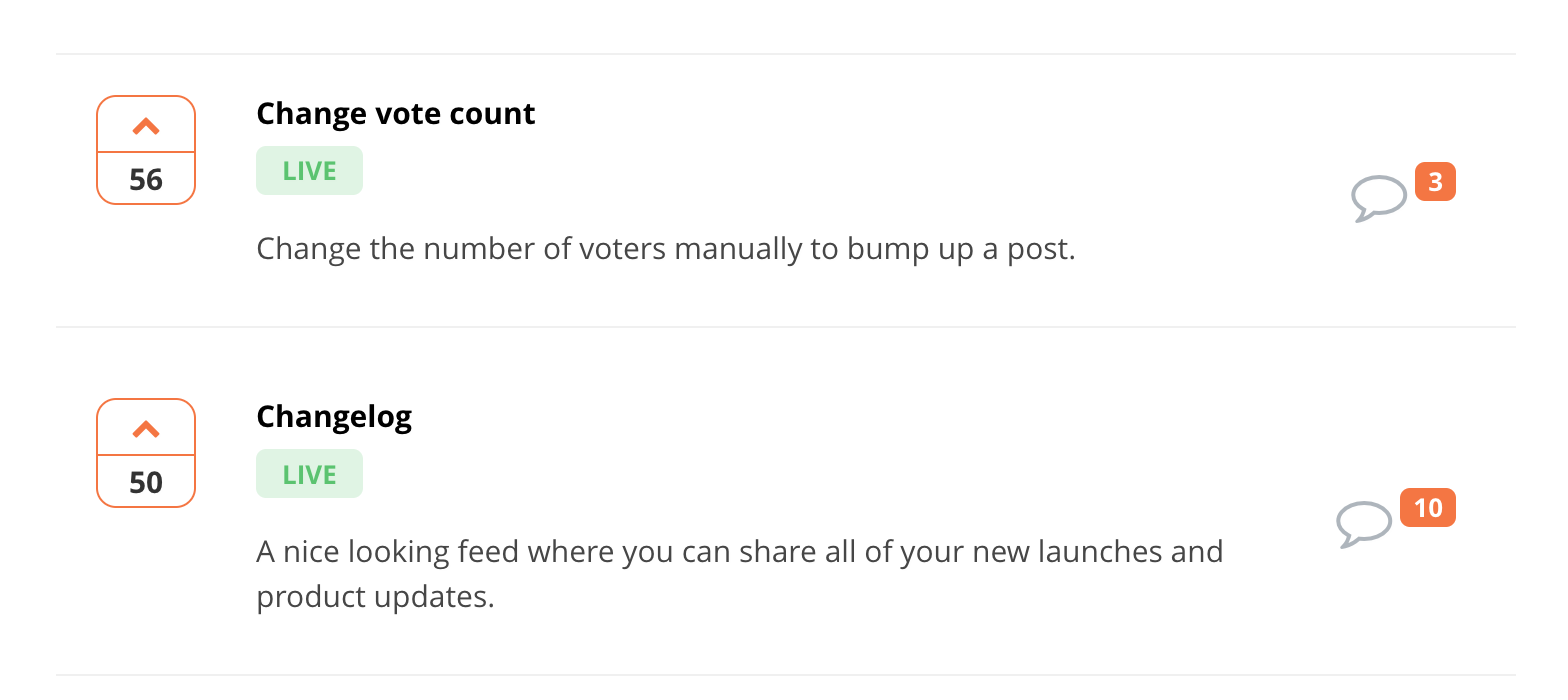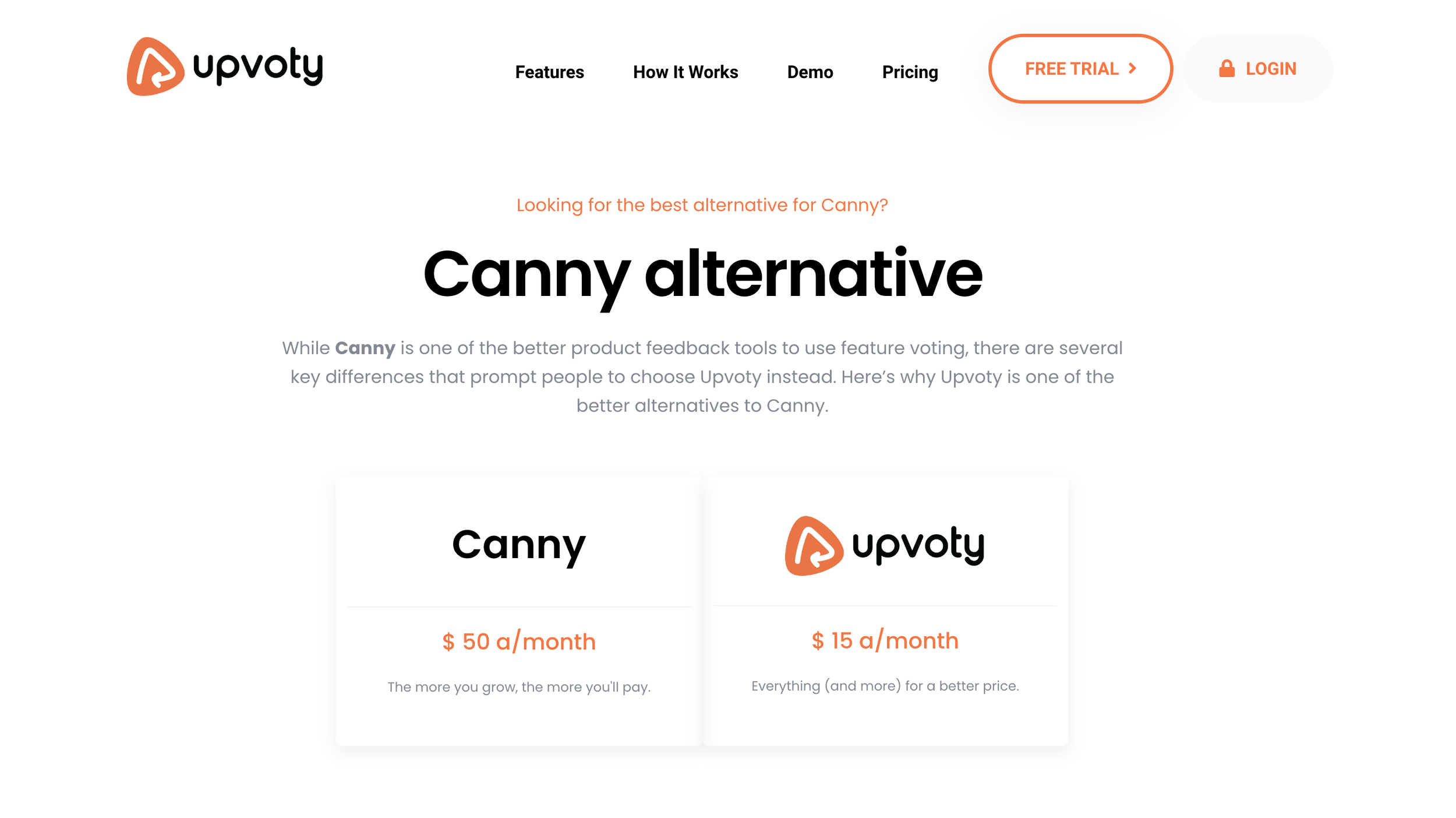How to scale your SaaS: 10 proven strategies!
In this post, I outline exactly how to scale your SaaS to over $1,000,000, just like I did with 2 SaaS businesses.
TLDR:
We’ll specifically talk about my use case of scaling my SaaS product Upvoty to $40,000 MRR in just 3 years:
How we made $1k in pre-sales during the MVP stage
How we acquired the first 100 customers
How we grew to $10k MRR
How we scaled beyond that to $40k MRR (different strategies)
Who am I?
Before you take my word, I quickly want to share a little bit about myself.
I’m Mike, a serial entrepreneur, mainly building software products.
I scaled my previous product, a home-improvement marketplace, to over $1,000,000 in ARR, and my SaaS product Upvoty to over $40,000 in MRR.
I’m also the founder and initiator of the Zero to SaaS course & SaaS community, helping you build and scale your SaaS to 7-Figures.
And, in 2024, I’m launching my new feedback widget SaaS Feedefy.
Let’s dive into the fun part 🙂
How we made $1k in pre-sales during the MVP stage
It all starts with validation.
When I started working on Upvoty in 2018, I first validated the product’s idea.
Why is this important?
While building my previous products and failing to meet product-market-fit (when the product finds the right audience that is actually willing to spend their money), I learned my biggest lesson EVER:
VALIDATION IS KEY!
Without validation, you’re going to waste:
Your money
Your time
Your energy
So, it all starts with validating.
How did we do that?
Simple.
We registered our domain name upvoty.com
We used a service for crafting a simple landing page (WordPress, Carrd, Squarespace, etc.)
We created visuals and text to explain the product’s purpose (highlighting pain points + addressing the problem our product/solution is solving)
Embedded a signup form (use EmailOctopus, Beehiiv, or any other email service)
Next:
We started spreading the word!
In this phase, we needed potential customers to sign up if they were interested in the product we were building.
We started:
Promoting on Beta Launch sites (BetaList .com, BetaPage, etc.)
Joined FB groups and participated actively (eg. SaaS Growth Hacks)
Basically: the goal is to get your MVP in front of your desired target audience.
Now before you do that.
Let me share another valuable lesson I learned the hard way:
MAKE YOUR TARGET AUDIENCE AS SMALL AS POSSIBLE!
What does this mean?
Test your solution to a small audience and expand later on.
For example, if you’re building a CRM for home improvement professionals, you should first focus on building something for painters.
Create a CRM that works for them specifically.
Once they see the value and start paying for your product, you can expand to other professionals like gardeners, roofers, etc.
Don’t make the mistake of building a product for EVERYONE.
Start small.
After we validated the idea and acquired 100s of sign-ups from interested people, we started talking to those people.
In this phase, uncovering the true WANTS and NEEDS is important.
What are their core problems?
What are the features they most likely are willing to pay for?
You start road mapping this.
Next, you start building the product after you find validation from potential customers.
And by building the product, I mean a very slim & small version, V1.
In our case, after talking to potential customers, we uncovered they needed 2 things:
A simple way of collecting feedback (this resulted in building a feedback board)
A way to structure this feedback (this resulted in building a simple CRM in which they could filter and structure feedback).
The first version of this CRM was very UGLY, which is actually a good thing.
Just ship and go.
You can always refine it later on.
From here, you have a working product with some active customers.
We gave away the product for free for 1 year in exchange for testing and providing feedback to 100 customers. I’d highly recommend using a tool like Upvoty or a less complex and easy-to-install feedback widget like Feedefy.
This was VERY valuable.
This way, we could easily determine what to build next.
And this actually resulted in customers signing up and paying for the product during this private beta period because the product became too good not to pay for.
This resulted in the first $1,000 in MRR before we actually launched.
Lessons learned:
Validate your idea
Launch asap
Onboard beta users
Actively involve them
Create payment options early on (let them upgrade once ready)
How we acquired the first 100 customers
After the beta period, we grew to $5k MRR within just a couple of months.
How did we do that?
Firstly, we launched the product publicly.
Again, it’s just a matter of bringing it in front of your desired target audience.
What worked for us:
Launching on ProductHunt
Launching in FB groups
Email to potential customers (all the time in private beta, we left the signup form open on our site, which resulted in a couple of 100s new signups)
Launch on Socials
All of this led to acquiring the first 100 customers.
How we grew to $10k MRR
What actually scaled us to the first real revenue milestone of $10k MRR?
Firstly, along the way, we tested different acquisition channels.
We tested:
Paid ads on Google
Paid ads on FB and Instagram
Promoted Tweets
LinkedIn ads
Paid Blog Post guest advertising
Sponsoring Podcast shows
etc.
Basically, the number one thing I learned:
Test a channel
Measure results (conversion rates)
Either double-down or strip
This resulted in us focusing on mainly 3 things that worked:
1) Paid ads in Google; specifically targeting unhappy customers of our competitors (creating “alternative to” ads → unhappy customers from your competitors → will search and click on your ad and make the switch
2) Create “comparison” pages for competitors on our website; you’ll both target unhappy customers of your competitors and customers in the discovery phase of buying software.
So, another lesson I learned:
ACQUIRE EARLY TANGIBLE GROWTH BY FOCUSING ON THE CURRENT MARKET AND YOUR COMPETITORS
A couple of winning strategies:
Content: creating valuable blog posts covering questions and problems potential customers have in the space (search for questions) → rank organically in Google → People click through → Read your article → Hopefully sign up
Don’t forget to add a call to action:
Hop on podcasts and interviews; share the journey, even if it’s early growth and the numbers feel small, there are tons of podcasts out there that are willing to share your story. Websites like StarterStory will publish interviews of you (which will also result in backlinks for your site, enhancing your content SEO strategy!)
How we scaled to $40k MRR (different strategies)
After the initial growth, it’s mainly a matter of:
DOUBLING DOWN ON WHAT WORKS
Meaning:
If you’re putting in $1000 in Google Ads, raise it to $2000 and see what happens.
If you’re doing SEO and you’ll start ranking higher and higher → outsource your blog content to copywriters, and instead of publishing 1 article each week, you’ll now be able to publish 4
Leverage your brand: all that content and all of your media efforts will pay off. You’ll start to gain authority in the space. Leverage this by publishing free info products like courses, ebooks, etc., to attract even more people to your product.
SaaS-specific, there are a couple of winning strategies I wanted to share that quickly brought in REAL rev growth:
Integrations: People want to use and incorporate your software into their existing workflow. Creating integrations (e.g., Zapier, Intercom, Slack, etc.) will make sure that:
1) They can easily onboard your software into their workflow, and thus you’ll see a higher trial to paid conversion rate), PLUS;
2) New potential customers will discover you through these integrations’ marketplaces.
Example:
If you, as a user of Intercom, search for a feedback solution in their marketplace, you’ll see Upvoty as one of the options.
Listening to customers is my number 1 and FAVORITE hack
Why?
SaaS is an iteration game.
What this means is you have to develop a flywheel.
And it looks like this:
It’s a never-ending circle that makes sure:
You’re building the right things for your customers
You spend your money on the right things
You stay on top of new demands and needs
You can endlessly promote your product (each new feature is a new launch opportunity - for example, an integration, makes it able to acquire a completely new target audience)
What about the rest?
Of course, this is just growth in a nutshell; there are more things you need, like:
Legal stuff
Working with budget
Hiring (employees or contractors)
etc.
I actually teach all of what we discussed, in full detail and more, in my Zero to SaaS course, which you can get at zerotosaascourse.com.
I hope this post was valuable to you, and if you need more tips on building and scaling a SaaS, do subscribe to:








